As it stands today, most home solar systems in Australia do not have a solar battery attached. This is mainly due to the question of whether it is financially worth it to have a battery added to your solar system. However as solar feed in tariffs have fallen in recent years and homeowners put greater value on things like power security and carbon emission reductions, the number of batteries being installed is increasing.
What Are The Main Benefits of a Solar Battery?
Buying a battery can deliver a range of benefits to your home:
- Energy bill savings: by storing surplus solar power in battery and using it in the evening, solar batteries help homeowners make further reductions on their electricity bills. Estimate your savings and return on investment with our Battery Payback Calculator.
- Power Outages: most batteries have the capability to keep power operating to your home during a network black-out or power outage.
- Virtual Power Plants (VPPs): These VPP schemes enlist a group of batteries together to provide services to the grid. This means the VPP operator may occasionally take control of your battery, and pay you handsomely for the privilege
- Carbon Footprint: by getting your requirements from the grid closer to zero, you can reduce your carbon emissions by ensuring your are running from renewable energy sources.
Fitting The Right Battery For Existing Solar Systems – Retrofits
If you already have a solar system installed, you might be wondering which is the best battery to add on and are there any restrictions based on what you have installed? In most cases, if you already have a solar system installed, you will need to find an ‘AC-coupled’ or ‘all-in-one’ battery which includes a built-in inverter. These types of batteries are compatible with almost any solar system as they internally convert the power back to DC to store in the battery.
Some of the most popular AC-coupled solar batteries:
- Alpha ESS
- Tesla Powerwall
- Sigenergy
Read our reviews below to compare these and other options.
If you are one of the forward thinking customers who installed a ‘hybrid’ solar inverter then you will be able to install a DC-coupled battery. This is usually going to be a battery from the same manufacturer as your solar inverter. This will be a cheaper installation and will typically be able to be monitored through the same app.
Read more about AC-coupled vs DC-coupled solar batteries.
Compare Solar Battery Quotes From Quality Installers
Solar Choice has pre-vetted a list of over 400 solar installers across Australia over the last 16 years. Our online quote comparison tool compares some of the leading options in your area and you can transparently browse through their quote and company information on our portal.
Upload photos of your site to get a specific and final home solar battery quote that matches your circumstances and preferences.
Compare Rebates & Incentives
Rebates and incentives are available across Australia, including the new federal battery rebate and state programs like in NSW, VIC, WA and NT. Check what’s available in your area before deciding.
Compare solar and battery quotes online now.
Solar Battery Comparison – Available Brands in Australia
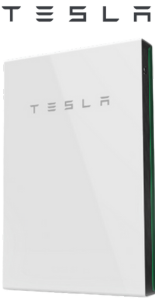
Tesla
Battery
Office in Australia:
Yes
Made In:
USA
Chemistry:
Lithium-ion
Approx. Cost per Usable kWh:
$952
Warranty:
10 years, 3,600 cycles
Minimum Capacity at end of Warranty:
70%
Warrantied Throughput per usable kWh:
2.74 MWh
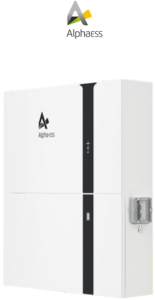
Alpha ESS
Battery
Office in Australia:
Yes
Made In:
China
Chemistry:
Lithium Iron Phosphate (LiFePO4)
Approx. Cost per Usable kWh:
$812
Warranty:
10 years
Minimum Capacity at end of Warranty:
70%
Warrantied Throughput per usable kWh:
3.12 MWh
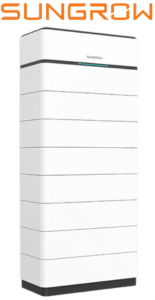
Sungrow
Battery
Office in Australia:
Yes
Made In:
China
Chemistry:
Lithium Iron Phosphate (LiFePO4)
Approx. Cost per Usable kWh:
$759
Warranty:
5 years, 4,000 cycles
Minimum Capacity at end of Warranty:
70%
Warrantied Throughput per usable kWh:
2.8 MWh
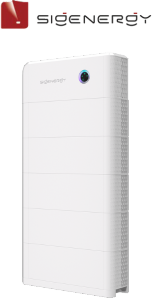
Sigenergy
Battery
Office in Australia:
No
Made In:
China
Chemistry:
Lithium Iron Phosphate (LiFePO4)
Approx. Cost per Usable kWh:
$1,014
Warranty:
10 years
Minimum Capacity at end of Warranty:
70%
Warrantied Throughput per usable kWh:
3.04 MWh
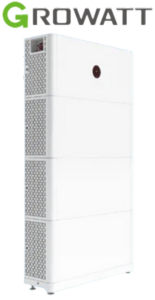
Growatt
Battery
Office in Australia:
Yes
Made In:
China
Chemistry:
Lithium Iron Phosphate (LiFePO4)
Warranty:
10 years
Minimum Capacity at end of Warranty:
60%
Warrantied Throughput per usable kWh:
2.9 MWh (ARK series), 4.08 MWh (ALP Series), 4.18 MWh (APX Series)
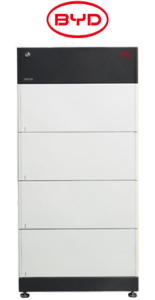
BYD
Battery
Office in Australia:
Yes
Made In:
China
Chemistry:
Lithium Iron Phosphate (LiFePO4)
Approx. Cost per Usable kWh:
$995
Warranty:
10 years
Minimum Capacity at end of Warranty:
60%
Warrantied Throughput per usable kWh:
3 MWh to 3.09 MWh (depending on model)
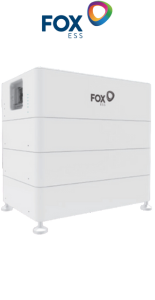
Fox-ESS
Battery
Office in Australia:
No
Made In:
China
Chemistry:
Lithium Iron Phosphate (LiFePO4)
Approx. Cost per Usable kWh:
$889
Warranty:
10 years
Minimum Capacity at end of Warranty:
70%
Warrantied Throughput per usable kWh:
4.1 MWh to 4.7 MWh
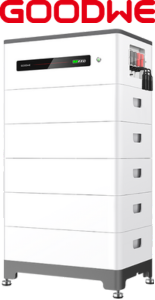
Goodwe
Battery
Office in Australia:
Yes
Made In:
China
Chemistry:
Lithium Iron Phosphate (LiFePO4)
Approx. Cost per Usable kWh:
$1,011
Warranty:
10 years
Minimum Capacity at end of Warranty:
70%
Warrantied Throughput per usable kWh:
2.96 MWh (LX U Series), 2.56 MWh (LX F Series)
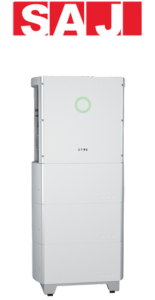
SAJ
Battery
Office in Australia:
Yes
Made In:
China
Chemistry:
Lithium Iron Phosphate (LiFePO4)
Approx. Cost per Usable kWh:
$950
Warranty:
10 years
Minimum Capacity at end of Warranty:
70%
Warrantied Throughput per usable kWh:
3.06 MWh
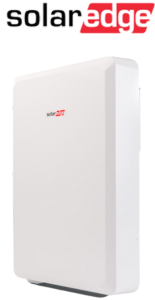
SolarEdge
Battery
Office in Australia:
Yes
Made In:
China
Chemistry:
Lithium Iron Phosphate (LiFePO4)
Approx. Cost per Usable kWh:
$1,244
Warranty:
10 years, Unlimited cycles
Minimum Capacity at end of Warranty:
70%
Warrantied Throughput per usable kWh:
2.7
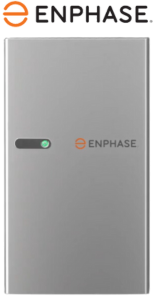
Enphase
Battery
Office in Australia:
Yes
Made In:
USA
Chemistry:
Lithium Iron Phosphate (LiFePO4)
Approx. Cost per Usable kWh:
$1,680
Warranty:
15 years, 6000 cycles
Minimum Capacity at end of Warranty:
70%
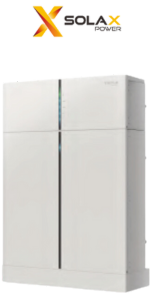
SolaX
Battery
Office in Australia:
No
Made In:
China
Chemistry:
Lithium Iron Phosphate (LiFePO4)
Approx. Cost per Usable kWh:
$797
Warranty:
10 years
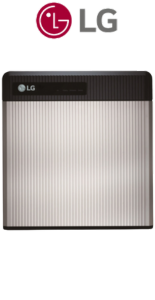
LG Chem
Battery
Office in Australia:
Yes
Made In:
China
Chemistry:
Lithium-ion
Approx. Cost per Usable kWh:
$826
Warranty:
10 years
Minimum Capacity at end of Warranty:
70%
Warrantied Throughput per usable kWh:
3.39 MWh (RESU 6.5), 3.41 MWh (RESU 10)
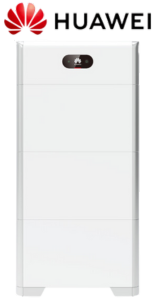
Huawei
Battery
Office in Australia:
Yes
Made In:
China
Chemistry:
Lithium Iron Phosphate (LiFePO4)
Warranty:
10 years
Minimum Capacity at end of Warranty:
60%
Warrantied Throughput per usable kWh:
3.29 MWh
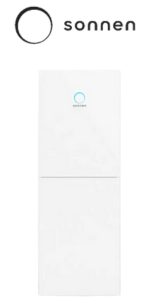
Sonnen
Battery
Office in Australia:
Yes
Made In:
Germany
Chemistry:
Lithium Iron Phosphate (LiFePO4)
Approx. Cost per Usable kWh:
$1,211
Warranty:
10 years, 10,000 cycles
Minimum Capacity at end of Warranty:
80%
Warrantied Throughput per usable kWh:
10 MWh (Based on 10,000 cycles)
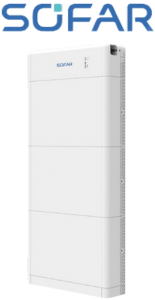
Sofar
Battery
Office in Australia:
Yes
Made In:
China
Chemistry:
Lithium Iron Phosphate (LiFePO4)
Approx. Cost per Usable kWh:
$1,033
Warranty:
10 years
Minimum Capacity at end of Warranty:
70%
Warrantied Throughput per usable kWh:
3.84 MWh
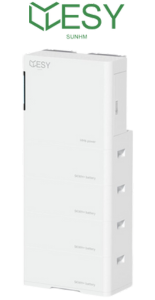
ESY Sunhome
Battery
Office in Australia:
Yes
Made In:
China
Chemistry:
Lithium Iron Phosphate (LiFePO4)
Warranty:
10 years
Minimum Capacity at end of Warranty:
70%
Warrantied Throughput per usable kWh:
4.19 MWh
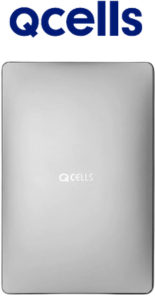
Q Cells
Battery
Office in Australia:
Yes
Made In:
China
Chemistry:
Lithium-ion
Warranty:
15 years
Minimum Capacity at end of Warranty:
60% (Q Home Core Series), 65% (Q. Home ESS HYB Series)
Warrantied Throughput per usable kWh:
4.30 MWh (Q Home Core Series),2.96 MWh(Q. Home ESS HYB Series)
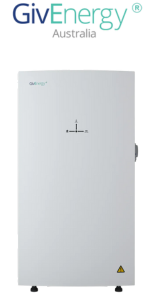
GivEnergy
Battery
Office in Australia:
Yes
Made In:
China
Chemistry:
Lithium Iron Phosphate (LiFePO4)
Warranty:
10 years, 5000 cycles
Minimum Capacity at end of Warranty:
70%
Warrantied Throughput per usable kWh:
10.00 MWh
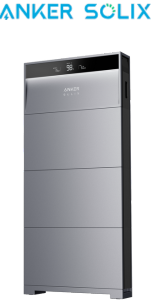
Anker Solix
Battery
Office in Australia:
Yes
Made In:
China
Chemistry:
Lithium Iron Phosphate (LiFePO4)
Approx. Cost per Usable kWh:
$850
Warranty:
10 years
Minimum Capacity at end of Warranty:
70%
Warrantied Throughput per usable kWh:
2.8 MWh
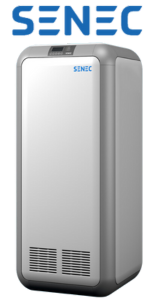
SENEC
Battery
Office in Australia:
Yes
Made In:
Germany
Chemistry:
Lithium-ion
Warranty:
10 years, 12,000 cycles
Minimum Capacity at end of Warranty:
75%
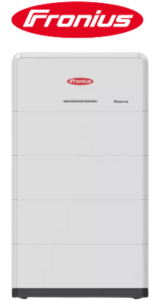
Fronius
Battery
Office in Australia:
Yes
Made In:
Austria
Chemistry:
Lithium Iron Phosphate (LiFePO4)
Warranty:
10 years
Minimum Capacity at end of Warranty:
70%
Warrantied Throughput per usable kWh:
3.1 MWh
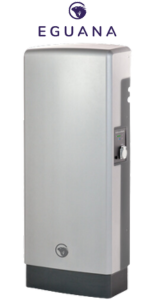
Eguana
Battery
Office in Australia:
Yes
Made In:
China
Chemistry:
Lithium Iron Phosphate (LiFePO4)
Approx. Cost per Usable kWh:
$1,188
Warranty:
10 years
Minimum Capacity at end of Warranty:
60%
Warrantied Throughput per usable kWh:
1.55 MWh
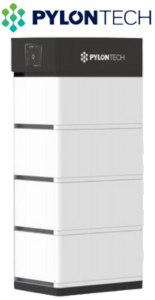
Pylontech
Battery
Office in Australia:
No
Made In:
China
Chemistry:
Lithium Iron Phosphate (LiFePO4)
Approx. Cost per Usable kWh:
$884
Warranty:
10 years
Minimum Capacity at end of Warranty:
60%
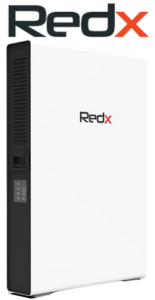
Redx Technology
Battery
Office in Australia:
Yes
Made In:
China
Chemistry:
Lithium-ion
Warranty:
10 years, 4500 cycles
Minimum Capacity at end of Warranty:
70%
Warrantied Throughput per usable kWh:
2.8 MWh
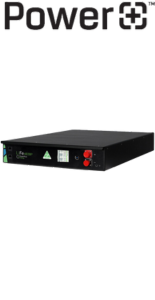
Powerplus Energy
Battery
Office in Australia:
Yes
Made In:
Australia
Chemistry:
Lithium Iron Phosphate (LiFePO4)
Approx. Cost per Usable kWh:
$1,171
Warranty:
10 years
Minimum Capacity at end of Warranty:
80% (LiFe Series), 70% (Eco4847P), 60% (Eco Series)
Warrantied Throughput per usable kWh:
7.00 MWh (50% DoD), 4.00 MWh (75% DoD), 3.56 MWh (80% DoD)
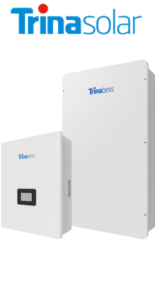
Trina
Battery
Office in Australia:
Yes
Made In:
China
Chemistry:
Lithium Iron Phosphate (LiFePO4)
Warranty:
10 years
Minimum Capacity at end of Warranty:
60%
Warrantied Throughput per usable kWh:
2.34 MWh
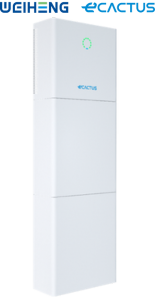
eCactus
Battery
Office in Australia:
No
Made In:
China
Chemistry:
Lithium Iron Phosphate (LiFePO4)
Warranty:
10 years
Minimum Capacity at end of Warranty:
60%
Warrantied Throughput per usable kWh:
3.34 MWh
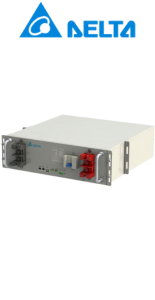
Delta
Battery
Office in Australia:
Yes
Made In:
Taiwan
Chemistry:
Lithium-ion
Approx. Cost per Usable kWh:
$846
Warranty:
10 years
Minimum Capacity at end of Warranty:
50%
Warrantied Throughput per usable kWh:
3.21 MWh(BX Series)
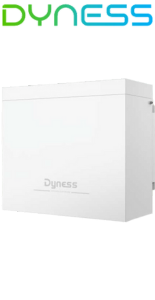
Dyness
Battery
Office in Australia:
No
Made In:
China
Chemistry:
Lithium Iron Phosphate (LiFePO4)
Approx. Cost per Usable kWh:
$710
Warranty:
10 years
Minimum Capacity at end of Warranty:
70%
Warrantied Throughput per usable kWh:
3.10 MWh
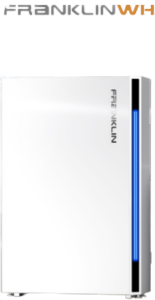
FranklinWH
Battery
Office in Australia:
Yes
Made In:
USA
Chemistry:
Lithium Iron Phosphate (LiFePO4)
Approx. Cost per Usable kWh:
$1,102
Warranty:
12 years
Minimum Capacity at end of Warranty:
70%
Warrantied Throughput per usable kWh:
3.16 MWh
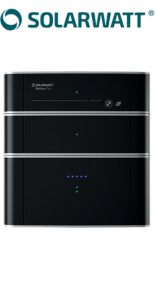
Solarwatt
Battery
Office in Australia:
No
Made In:
Germany
Chemistry:
Lithium-ion
Warranty:
10 years
Minimum Capacity at end of Warranty:
80%
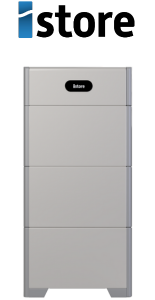
iStore
Battery
Office in Australia:
Yes
Made In:
China
Chemistry:
Lithium Iron Phosphate (LiFePO4)
Approx. Cost per Usable kWh:
$1,114
Warranty:
10 years
Minimum Capacity at end of Warranty:
70%
Warrantied Throughput per usable kWh:
3.65
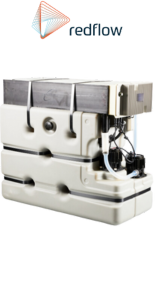
Redflow
Battery
Office in Australia:
Yes
Made In:
Mexico
Chemistry:
Zinc Bromide
Warranty:
10 years
Warrantied Throughput per usable kWh:
3.65 MWh
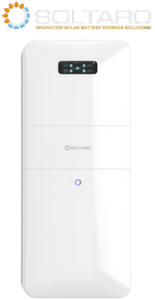
Soltaro
Battery
Office in Australia:
Yes
Made In:
China
Chemistry:
Lithium Iron Phosphate (LiFePO4)
Approx. Cost per Usable kWh:
$1,307
Warranty:
10 years, 10,000 cycles
Minimum Capacity at end of Warranty:
85%
Warrantied Throughput per usable kWh:
4.56 MWh
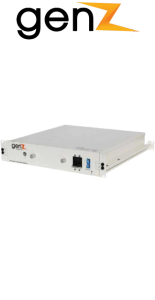
genZ
Battery
Office in Australia:
Yes
Made In:
Australia
Chemistry:
Lithium Iron Phosphate (LiFePO4)
Approx. Cost per Usable kWh:
$926
Warranty:
10 years, 10000 cycles
Minimum Capacity at end of Warranty:
75%
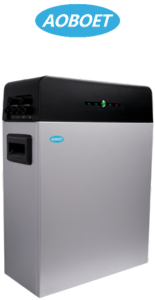
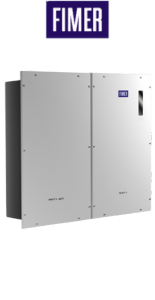
Fimer
Battery
Office in Australia:
Yes
Made In:
Italy
Chemistry:
Lithium-ion
Approx. Cost per Usable kWh:
$1,887
Warranty:
10 years, 3650 cycles
Minimum Capacity at end of Warranty:
60%
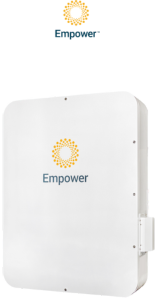
Empower Energy
Battery
Office in Australia:
Yes
Made In:
Malaysia
Chemistry:
Lithium Iron Phosphate (LiFePO4)
Approx. Cost per Usable kWh:
$942
Warranty:
10 years
Minimum Capacity at end of Warranty:
70%
Warrantied Throughput per usable kWh:
3.24 MWh
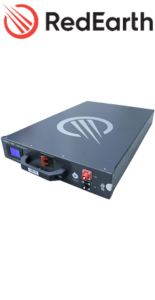
RedEarth
Battery
Office in Australia:
Yes
Made In:
Australia
Chemistry:
Lithium Iron Phosphate (LiFePO4)
Approx. Cost per Usable kWh:
$1,607
Warranty:
7 years
Minimum Capacity at end of Warranty:
75%
Warrantied Throughput per usable kWh:
4.27 MWh (SunRise BYD B+), 5.33 MWh (SunRise LG Chem)
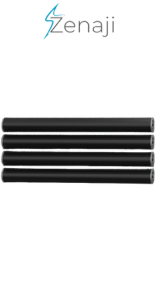
Zenaji
Battery
Office in Australia:
Yes
Made In:
Australia
Chemistry:
Lithium Titanate (LTO)
Approx. Cost per Usable kWh:
$1,554
Warranty:
20 years, 22,000 cycles
Minimum Capacity at end of Warranty:
80%
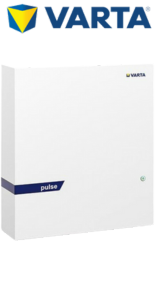
Varta
Battery
Office in Australia:
Yes
Made In:
Germany
Chemistry:
Lithium NMC
Approx. Cost per Usable kWh:
$1,183
Warranty:
10 years, 4,000 cycles
Minimum Capacity at end of Warranty:
80%
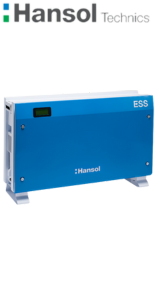
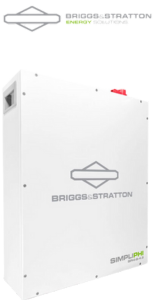
Simpliphi
Battery
Office in Australia:
No
Made In:
USA
Chemistry:
Lithium Iron Phosphate (LiFePO4)
Warranty:
10 years, 10,000 cycles
Minimum Capacity at end of Warranty:
80%
Warrantied Throughput per usable kWh:
3.85 MWh (100% DoD), 4.93 MWh (90% DoD), 8.82 MWh (80% DoD)
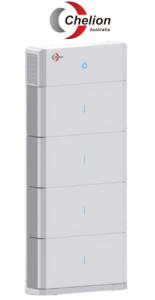
Chelion
Battery
Office in Australia:
Yes
Made In:
China
Chemistry:
Lithium Iron Phosphate (LiFePO4)
Approx. Cost per Usable kWh:
$895
Warranty:
10 years
Minimum Capacity at end of Warranty:
70%
Warrantied Throughput per usable kWh:
3.55 MWh (iHome B6.5-L01), 2.85 MWh (iHome B5-HD02)
- Running Cost of Air Conditioners – Explained - 7 October, 2025
- Air Conditioner Rebate South Australia: What You Need to Know - 19 September, 2025
- Air Conditioner Rebates in Queensland: What You Need to Know - 19 September, 2025